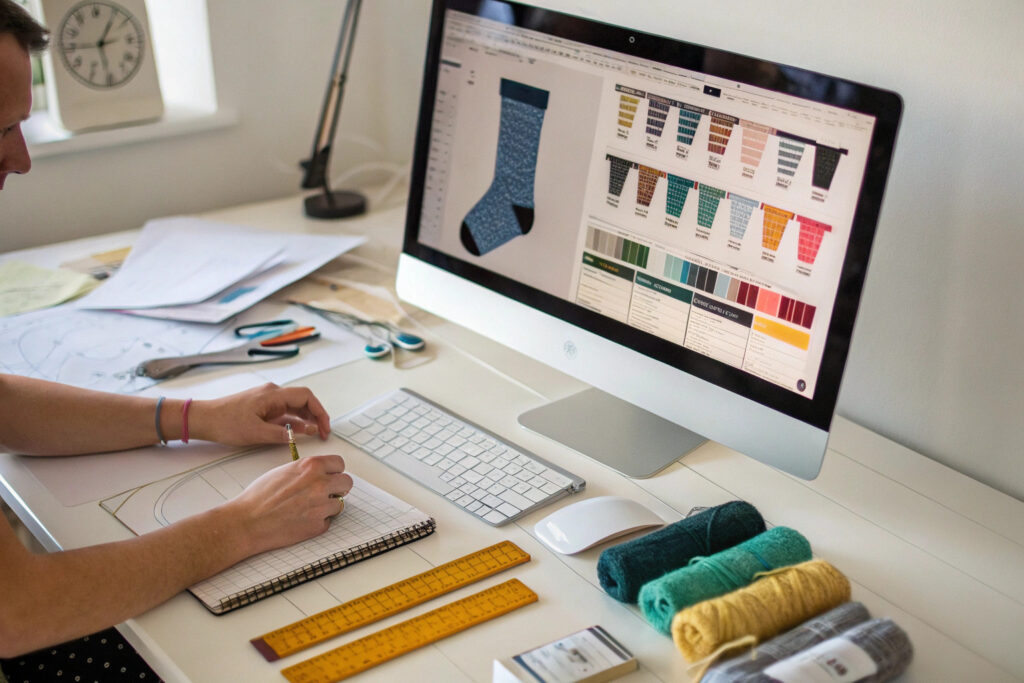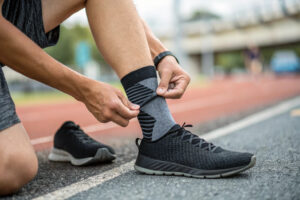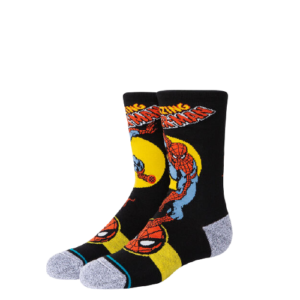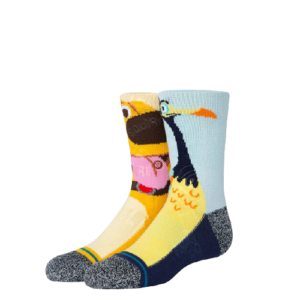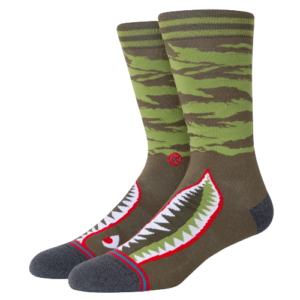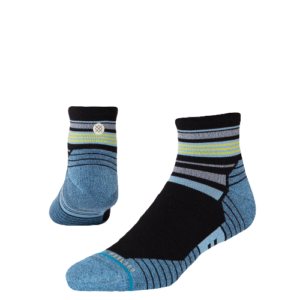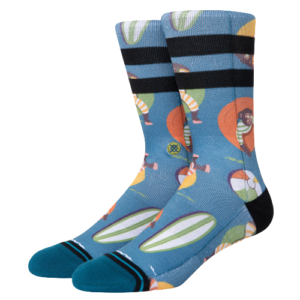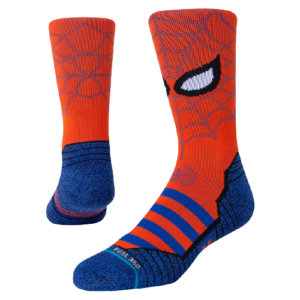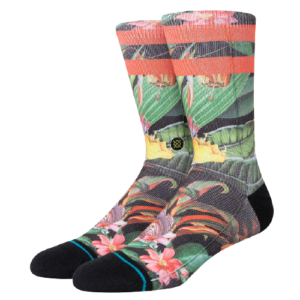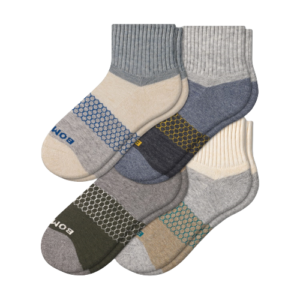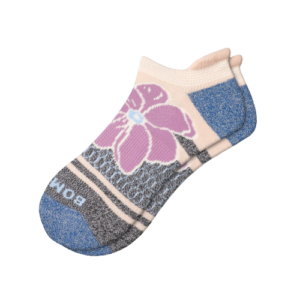Creating a great sock starts with more than just an idea—it starts with documentation. In the apparel world, especially for socks, your tech pack isn’t just a sketch. It’s your translator, your insurance policy, and your quality control tool all in one. Without it, communication with your supplier breaks down fast.
A well-prepared sock tech pack defines every technical detail: from knitting gauge and yarn type to artwork placement and packaging. It eliminates guesswork, speeds up sampling, and protects your design intent throughout production.
As a factory owner who’s helped develop thousands of sock designs for brands worldwide, I’ve seen firsthand how a clear tech pack makes or breaks the manufacturing process. Here's a step-by-step guide for building one the right way.
What Core Components Should Every Sock Tech Pack Include?
Without standardized documentation, your sock design is just a nice drawing. Brands often lose time and money by skipping key pages in their tech pack.
Every sock tech pack should include a spec sheet, CAD drawing, size chart, yarn detail, knitting instructions, and packaging plan. Missing any of these can result in production delays or mismatched samples.
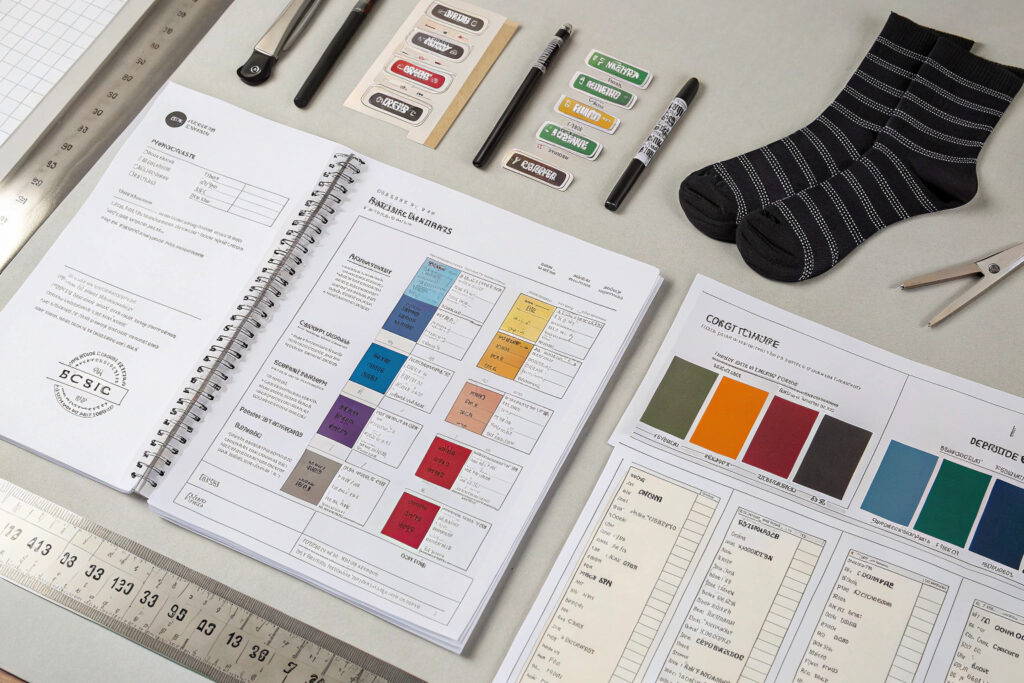
What Is the Purpose of a Spec Sheet?
The spec sheet is your blueprint. It outlines sock length, heel depth, opening width, foot length, and placement of all components (e.g., rib, arch band, toe seam). At GlobalSock, our production team uses this page to program knitting machines with millimeter precision.
You can view a spec sheet template for socks here.
Why Do You Need Yarn Composition and Color Codes?
Yarn is the soul of a sock. Your tech pack must include yarn type (e.g., 80% cotton, 15% poly, 5% elastane), color codes (Pantone, CVC, or customer-provided), and thread count. We always recommend color swatches or lab dips to avoid disputes later.
How to Communicate Design Details with CAD and Artwork?
A tech pack without artwork is like a song without melody. Even if you specify dimensions, your manufacturer needs visuals.
Include both flat and 3D views of the sock in your CAD file, plus all logo placements, jacquard graphics, and texture zones. Layering your file makes it easier for engineers to separate body, heel, toe, and elastic zones.

How Do You Format the Artwork for Knitting?
Vector formats like .AI, .PDF, or .EPS work best. Avoid raster formats like .JPG unless the design is static print. We often convert client artwork into a knitting matrix (pixel grid) using NedGraphics or Textronics software.
Where Should Logos and Labels Be Placed?
Your tech pack must clearly define logo size, color, placement (instep, cuff back, or sole), and execution method (knit-in vs heat transfer). Don’t forget to include a zoomed call-out or a label mockup.
How Do You Specify Size Grading for Sock Fit?
Sock sizing is not universal. A 9-11 in the U.S. is not the same as a EUR 38–42. Incorrect sizing leads to poor fit and unhappy customers.
Include a size chart table with measurement tolerances (+/- mm), conversion units, and regional standards. Be sure to define adult vs kids’ sizing and male/female/unisex target.
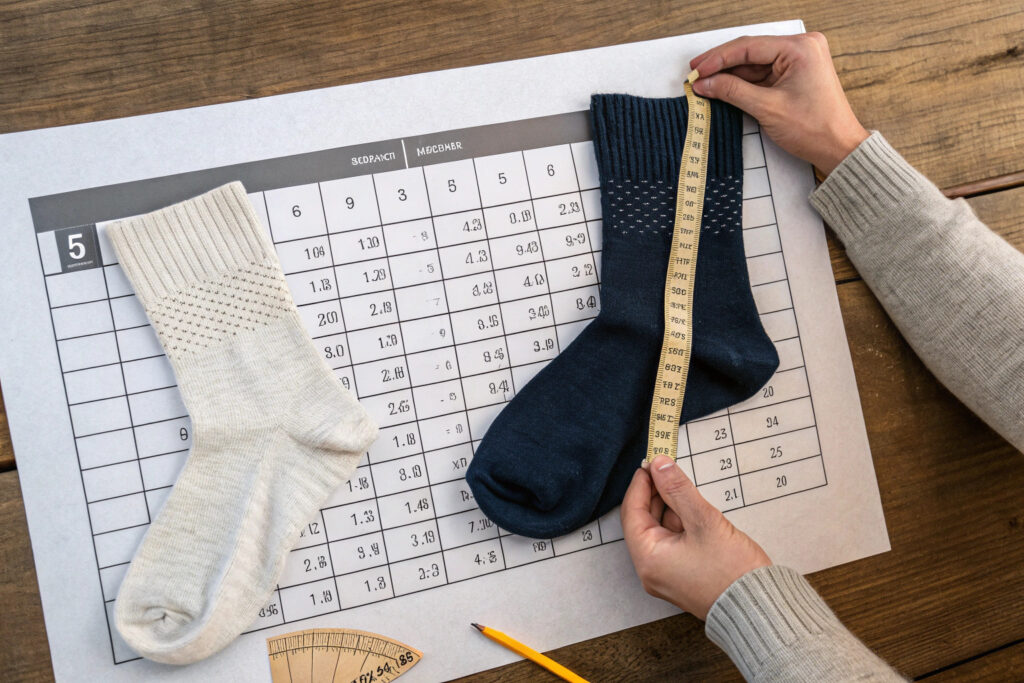
What Should a Size Chart Look Like?
Here’s a simple table to include in your tech pack:
| Region | Label Size | Foot Length (cm) | Sock Length (cm) |
|---|---|---|---|
| US Women | 9-11 | 23–25 | 15–18 |
| EU Men | 42–45 | 26–29 | 18–22 |
| Kids | S/M/L | 14–20 | 10–14 |
Use reliable sources like Standards Australia or Textile Exchange guidelines for industry references.
How Do You Define Grading Tolerance?
Each measurement should have a tolerance, usually ±0.5 to 1.0 cm, depending on yarn stretch and knit density. This keeps production accountable while allowing for realistic manufacturing variation.
What Packaging and Labeling Info Must Be in the Tech Pack?
Even the best-designed sock can lose its value without correct presentation. That’s why packaging specs belong in your tech pack.
List every detail about how your socks should be folded, tagged, bundled, and boxed—from inner labels to shipping cartons. This helps your supplier avoid repacking fees or customs delays.

What Kind of Labeling Details Should You Include?
We recommend providing dielines or photos of hangtags, stickers, and any required country-of-origin labels. For barcodes, include both the numerical code and placement location.
Check out GS1 barcode guidelines to align your design with retail compliance.
Should You Include Shipping Carton Specs?
Yes. Always define how many pairs per polybag, inner carton, and master carton. Label orientation, box size, and palletization (if required) should be documented. We include this info in a dedicated “logistics page” in every GlobalSock tech pack.
Conclusion
A tech pack is more than a document—it’s the foundation of every great sock production. By getting your spec sheets, artwork, yarn info, grading, and packaging clearly defined, you’ll speed up sampling, avoid costly miscommunication, and get exactly what you envisioned.
If you're ready to bring your sock designs to life, our team at GlobalSock can help. We support brands, distributors, and designers with full tech pack assistance, CAD conversions, and OEM/ODM services. Contact Business Director Elaine at elaine@fumaoclothing.com and let’s stitch something great together.

